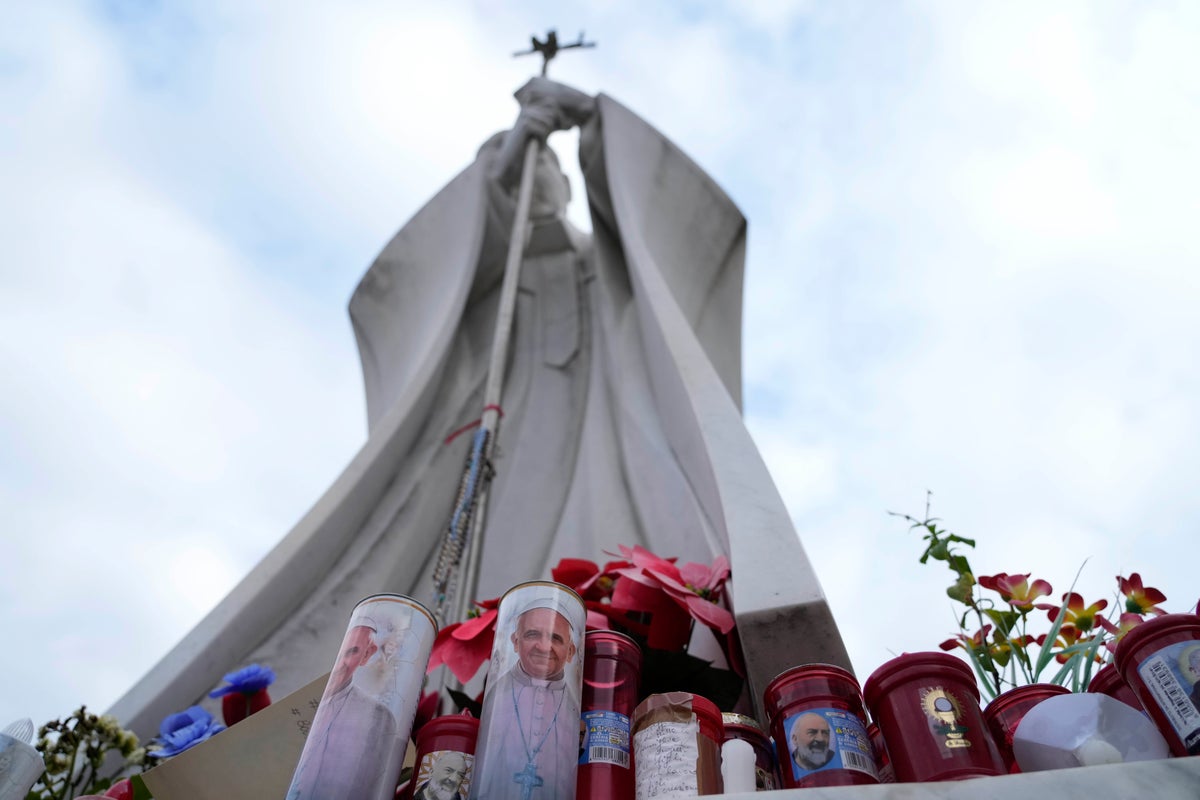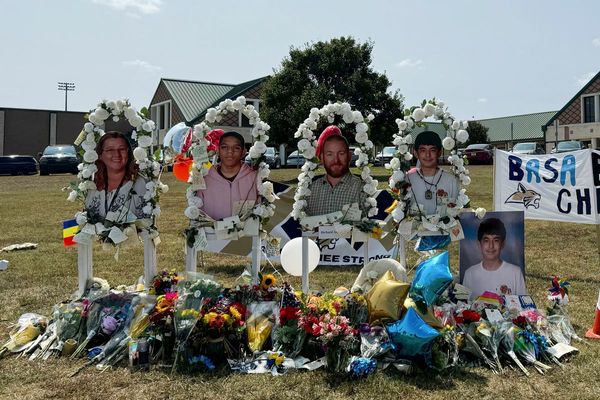
Vatican officials said late Tuesday that Pope Francis had developed pneumonia in both lungs, further complicating the pontiff’s recovery. The 88-year-old pope was hospitalized Friday after a weeklong bout of bronchitis worsened. On Monday, doctors said he had developed a mix of infections in his respiratory tract.
On Wednesday, the Vatican said Pope Francis “had a tranquil night, woke up and had breakfast,” saying he was in good spirits. Here’s a look at what a pneumonia diagnosis can mean and potential treatments doctors might be trying:
What’s happened?
Pope Francis was admitted to Rome’s Gemilli hospital in “fair” condition on Friday after his bronchitis worsened. On Monday, doctors said he had developed a polymicrobial respiratory tract infection, or a mix of viruses, bacteria and possibly other organisms were growing in his respiratory tract.
Late Tuesday, the Vatican said a chest scan showed he had developed pneumonia in both lungs, requiring additional medication.
Bronchitis occurs when the airways in the lung, known as the bronchial tubes, become inflamed, leading to coughing and mucus production. That infection can sometimes spread to the lungs, resulting in pneumonia, an inflammation of the lungs that's typically caused by an infection.
How serious is this?
Doctors say pneumonia in anyone can be serious, but for someone of the pope’s age, it’s particularly worrying.
“One of the risk factors for more serious infection, like older age, meaning anyone over 65,” said Dr. Meredith McCormack, director of pulmonary and critical care medicine at Johns Hopkins University.
Even though the pope lost part of his right lung decades ago, McCormack said that shouldn’t necessarily compromise his recovery, adding that she would be more concerned about any possible signs of weakness in His Holiness.
“Being a more frail older person can increase your risk of having complications,” she said, noting that having to use a wheelchair could be considered a sign of frailty. The pope has relied on a wheelchair for more than two years.
It appears, however, that the pope is not bed-bound. He has been able to get out of bed and his heart function is good, according to a Vatican official.
What kind of treatments are available?
Beyond antibiotic drug therapy, there are multiple treatments available, including supplemental oxygen and therapies to support the lungs and body while it’s trying to recover.
Dr. Andrew Chadwick, a respiratory and intensive care specialist at Oxford University Hospital in Britain, said steroids and antibiotics would be the core elements of the pope’s care, alongside nursing care and chest physiotherapy.
Physiotherapy can help patients clear the fluids building up in their lungs, particularly if they aren’t very mobile themselves.
McCormack of Johns Hopkins said that severe cases of pneumonia were typically treated for about one to two weeks but that recovery in an older person could extend beyond that.
What will doctors be looking out for in the next few days?
Mainly, they’ll be hoping that the pope’s condition doesn’t deteriorate further.
“While we give antibiotics and other therapies, we’re waiting for the body to respond,” McCormack said. “If he just stays as he is while he’s fighting off the infection and has a gradual recovery, that lack of worsening would be an encouraging sign.”
Dr. Maor Sauler, who specializes in adult pulmonary and critical care at Yale University, said that antibiotics typically need the lungs to be working to recover from infections, including pneumonia, but the ability of lungs to recover diminishes with age.
“When anyone has pneumonia, there’s a good chance we can treat it,” he said. “However, it is also one of the leading causes of death. And so there are also situations where, despite our best efforts, we cannot clear the infection.”
___
Nicole Winfield in Rome contributed to this report.
___
The Associated Press Health and Science Department receives support from the Howard Hughes Medical Institute’s Science and Educational Media Group and the Robert Wood Johnson Foundation. The AP is solely responsible for all content.







